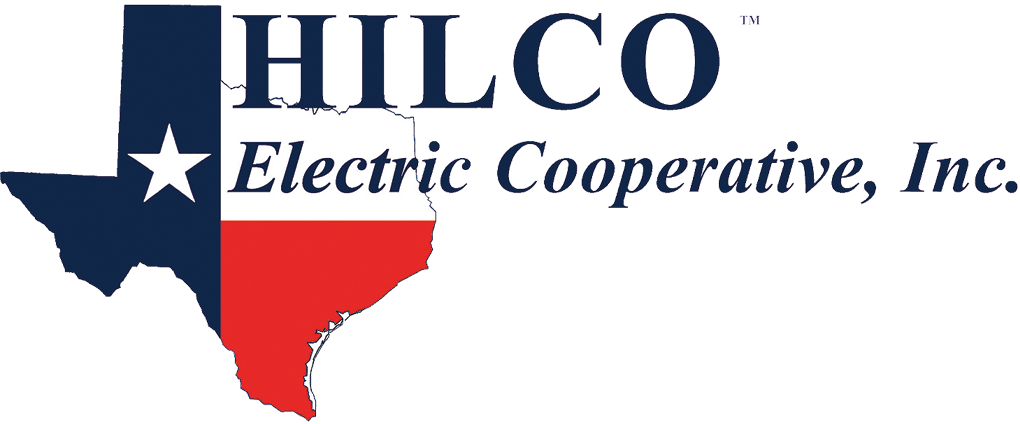What is a Demand Charge?
Demand is the total amount of electricity being used by a consumer at any one time. Demand varies from hour to hour, day to day, and season to season. This usage, which is expressed in kilowatts (not kilowatt-hours), is called the "demand" on the system. HILCO Electric Cooperative monitors demand over 15 minutes. The customer is charged for the highest 15-minute average recorded on the demand meter. After HILCO Electric reads the meter each month, demand is reset to zero, and the meter starts over, recording the highest 15-minute average for the next billing period.
To illustrate how demand charge can effect an electric bill, let's look at two simple examples:
Running a 50 kW load for one hour would result in usage of 50-kilowatt hours (kWh) and accrue a demand charge of 50 kW.
- 50kW x 1 hour = 50 kWh.
- Demand = 50 kW.
Running a 5 kW load for 10 hours would also result in usage of 50 kWh but would only accrue a demand of 5 kW.
- 5 kW x 10 hours = 50 kWh.
- Demand = 5 kW.
Both examples use the same amount of energy (50 kWh) and perform the same amount of work. However, the resulting bills will be very different.
Applying HILCO Electric's General Service Large Rate demand charge of $ 7.00 per kW and an energy charge of 3.307 cents per kWh to both examples will produce the following results:
- Bill Number 1
- 50kW x $ 7.00 = $ 350.00
- 50 kWh x .03307 = $ 1.65
- Total = $ 351.65
- Bill Number 2
- 5 kW x $ 7.00 = $ 35.00
- 50 kWh x .03307 = $ 1.65
- Total = $ 36.65
WHY SO DIFFERENT?
The actual energy (kWh) use was the same, and the work done is the same. The difference between the bills is based entirely on the highest demand recorded during any given 15-minute period that month.
WHY ARE DEMAND CHARGES USED?
Demand charges are the way your co-op pays for generation and distribution capacity it needs to meet peak demand that occurs at any given time. The demand charge your co-op pays to its wholesale power supplier is also calculated on the basis of the highest demand during the month. HILCO Electric uses the same method to bill demand to its demand rate customers as we are charged by our supplier.
WHO INCURS A DEMAND CHARGE?
All non-residential customers that exceed 25 kW of electrical load. This includes both single-phase and three-phase service locations.
ARE DEMAND CHARGES UNIQUE TO HILCO ELECTRIC?
No. Demand charge billing is used consistently in the electric utility industry.
HOW CAN DEMAND CHARGES BE REDUCED?
To reduce demand charges, simply examine your operation.
- What energy-efficiency improvements can be made?
- Does all of the equipment need to be running at the same time?
- If not, what can be turned off while other equipment is running?
Often there is equipment that is operated infrequently. If this is the case, can some other equipment be turned off while this equipment is running? The result may be a significant savings in your monthly demand charge.
WHAT ELSE CAN BE DONE TO REDUCE DEMAND CHARGES?
Consult with HILCO Electric to assist in evaluating ways to improve the energy efficiency of your operation.

